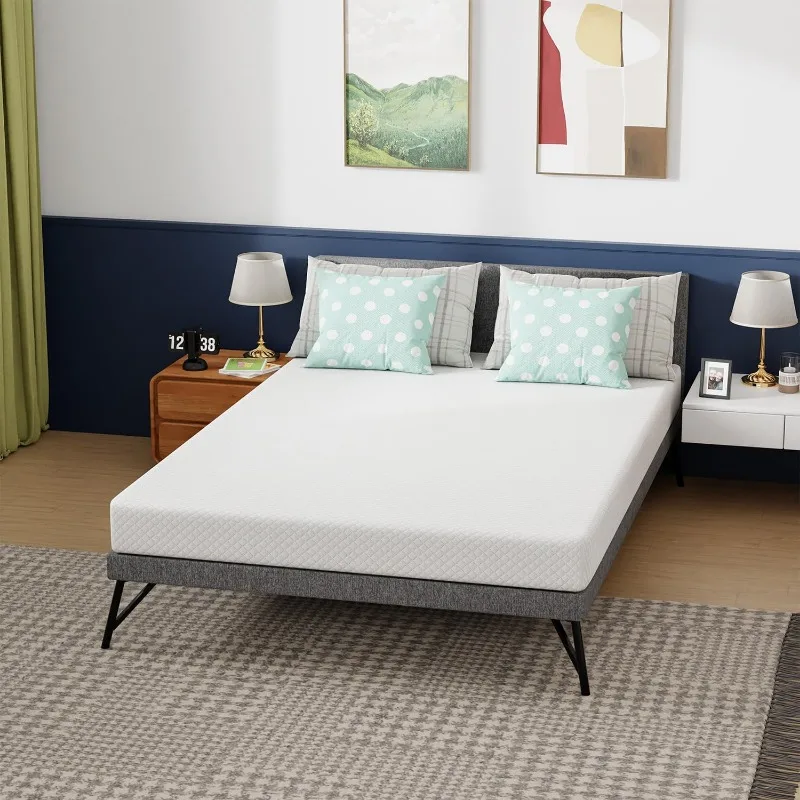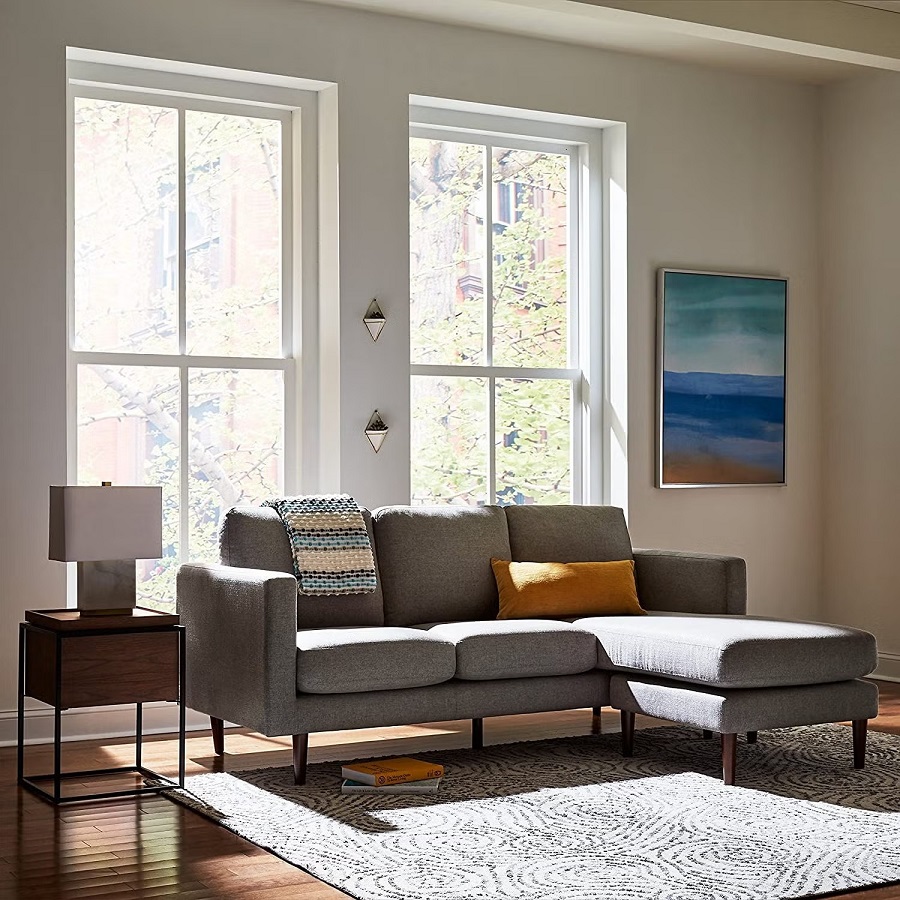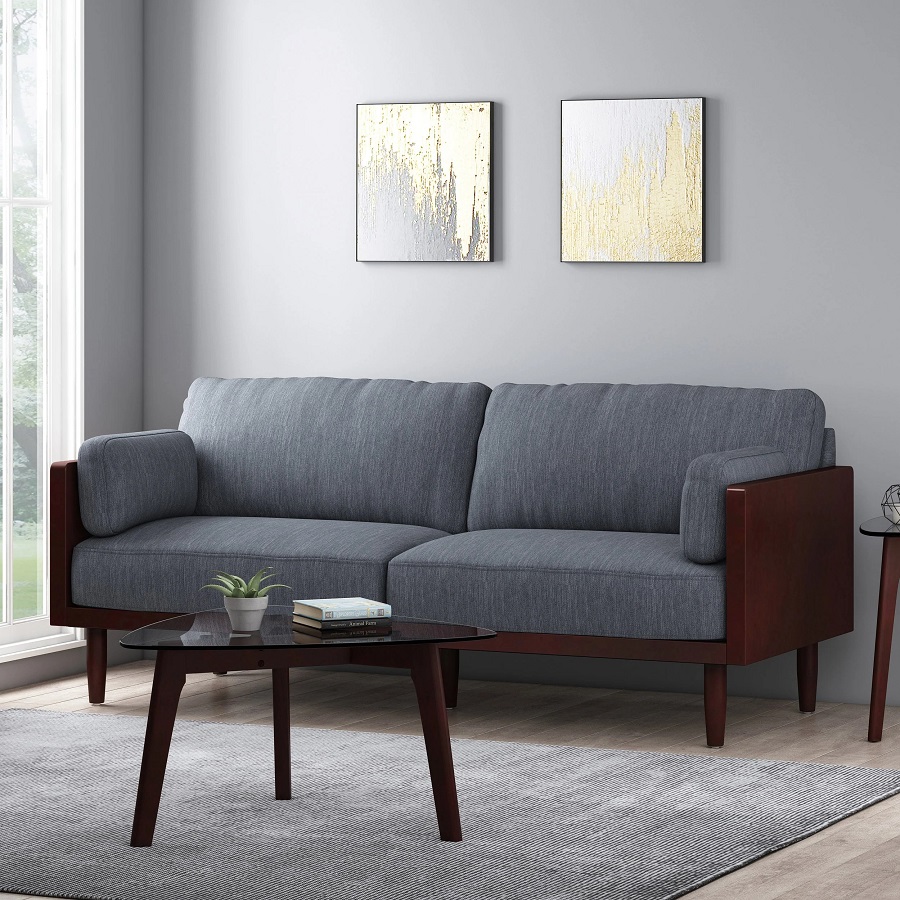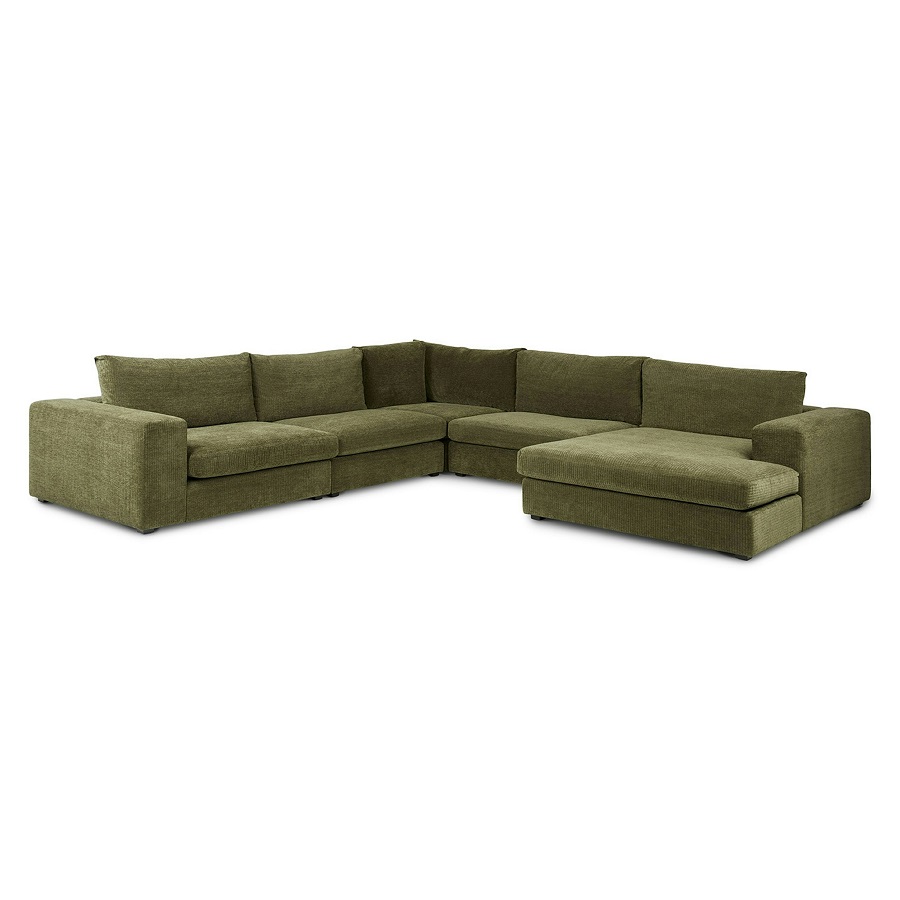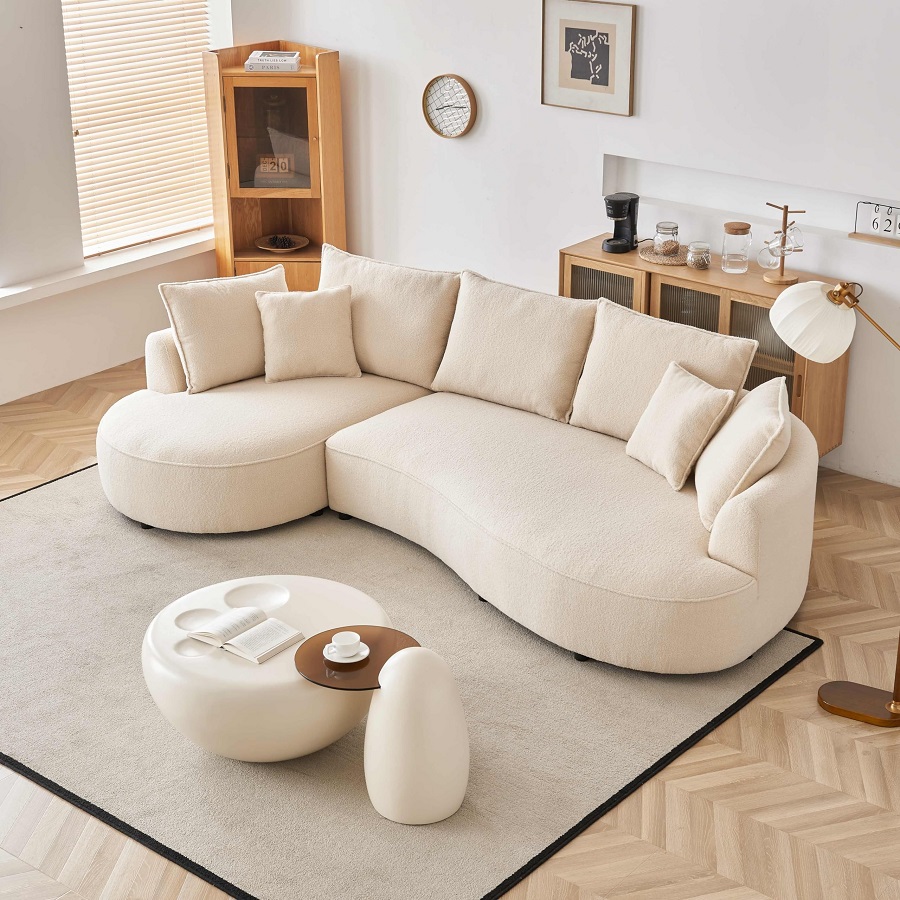In the quest for a good night’s sleep, many factors come into play: the firmness, material, and, importantly, the thickness of your mattress. While often overlooked, mattress thickness can significantly impact your comfort, support, and overall sleep quality. With varying thickness levels available, each offering distinct benefits, it’s crucial to understand which one is right for you. This comprehensive guide will delve into the world of mattress thickness, exploring what constitutes mattress thickness, the different levels, and how to choose the perfect one for your needs.
What Constitutes Mattress Thickness?
Mattress thickness, also known as mattress height or depth, refers to the total height of the mattress from its base to the top surface. This measurement includes all internal layers, whether they’re composed of memory foam, latex, innerspring coils, or hybrid materials. The thickness of a mattress not only affects the aesthetics of your bed but also the level of comfort and support it provides. Understanding the makeup of your mattress’s thickness helps in making an informed decision tailored to your sleep preferences and needs.
A standard mattress typically ranges from 6 to 16 inches in thickness, though some models deviate from these norms. Each inch of thickness can add or subtract from the mattress’s overall comfort, support, and longevity. Knowing the constituents of each thickness level—such as the core support layer and additional comfort layers—is key to understanding how it will perform and feel.
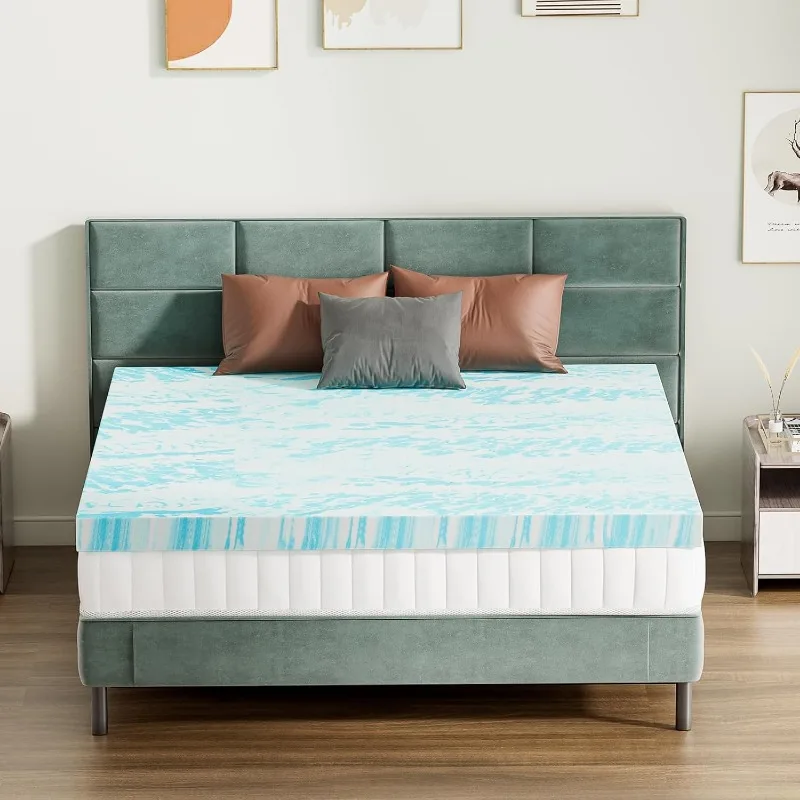
Benefits of Thick Mattresses (12-16+ Inches)
Thick mattresses, generally measuring between 12 to 16 inches or more, offer a plush and luxurious sleeping experience. One primary benefit is enhanced support and comfort due to the multiple layers of high-quality materials. These mattresses often feature thicker comfort layers, such as memory foam or pillow tops, that provide superior cushioning and relieve pressure points. This makes them ideal for side sleepers who need extra padding around the shoulders and hips.
Another advantage of thick mattresses is durability. The additional layers not only contribute to comfort but also help distribute weight more evenly, reducing wear and tear. As a result, thicker mattresses tend to have a longer lifespan compared to their thinner counterparts. They also often feature robust edge support, making it easier to get in and out of bed and providing a larger usable sleeping surface.
Thick mattresses are also aesthetically pleasing, giving your bed a substantial and inviting look. They pair well with larger bed frames and headboards, contributing to an elegant bedroom decor. However, it’s important to note that these mattresses can be heavier and more challenging to move. Ensure your bed frame can accommodate the added weight and height before committing to a thick mattress.
Advantages of Medium-Thick Mattresses (8-12 Inches)
Medium-thick mattresses, ranging from 8 to 12 inches, strike a balance between support, comfort, and accessibility. These mattresses are versatile and cater to a wide range of sleep preferences and body types. One of their main advantages is the balance they achieve between firmness and cushioning. With sufficient layers to provide support and comfort, medium-thick mattresses can accommodate various sleeping positions, making them a popular choice among back and combination sleepers.
These mattresses are more practical for everyday use. They are easier to handle, rotate, and transport compared to their thicker counterparts. Additionally, medium-thick mattresses fit well with most standard bed frames and sheets, eliminating the need for specialized bedding. They offer good edge support and durability while remaining relatively affordable.
For individuals with mobility issues, a medium-thick mattress can be more suitable as it strikes a balance between height and accessibility. It’s easier to get in and out of bed, reducing the strain on joints and muscles. Overall, medium-thick mattresses provide a well-rounded option that offers comfort, support, and practicality without overwhelming the bedroom space.
The Case for Thin Mattresses (6-8 Inches)
Thin mattresses, typically measuring between 6 to 8 inches, are often associated with minimalist and space-saving designs. These mattresses are ideal for certain scenarios, such as for use on bunk beds, trundle beds, or in guest rooms where the mattress won’t see daily use. Despite their relatively low profile, thin mattresses can still offer adequate support and comfort, especially if they are made from high-quality materials.
One of the primary benefits of thin mattresses is their affordability. With fewer materials used, these mattresses are generally less expensive, making them an economical choice for budget-conscious consumers. They are also lighter and easier to maneuver, which can be particularly beneficial for those who move frequently or have limited mobility.
While thin mattresses can be comfortable, they may not provide the same level of support for larger individuals or those with specific medical needs. However, for children, teenagers, or occasional use, a thin mattress can be entirely adequate. It’s essential to pair thin mattresses with supportive bed frames to maximize their comfort and longevity.
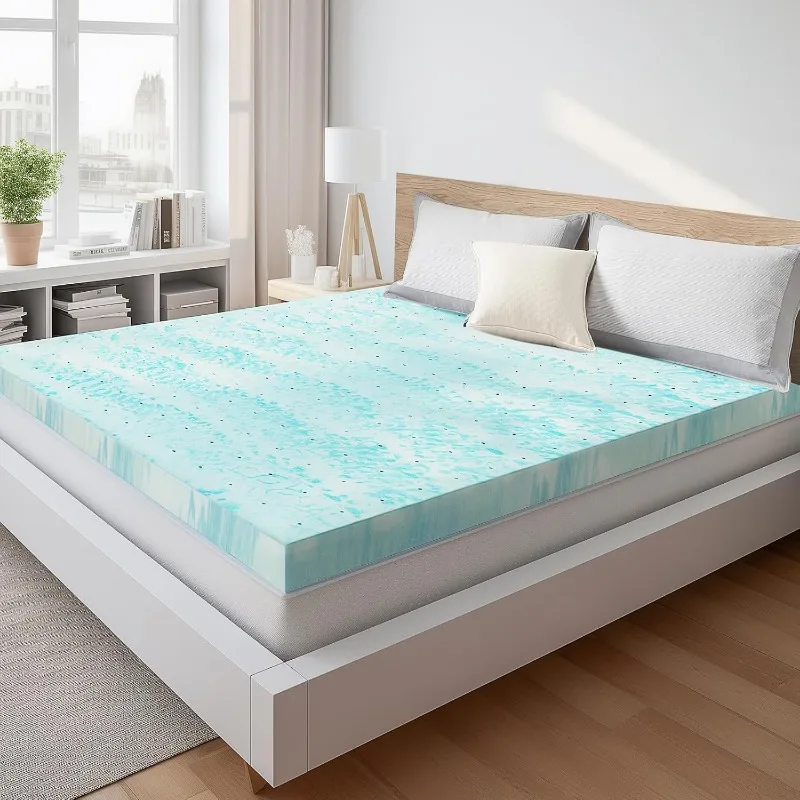
How Sleep Position Influences Thickness Choice
Your preferred sleeping position plays a crucial role in determining the ideal mattress thickness for you. Different sleep positions exert varying pressure on the body, and choosing the right mattress thickness can enhance your overall sleep quality and reduce discomfort.
Side Sleepers
Side sleepers often benefit from thicker mattresses (12-16 inches) with plush comfort layers that cushion the shoulders and hips. The extra thickness allows for better contouring, which alleviates pressure points and prevents stiffness. Memory foam and pillow-top mattresses are particularly favored as they mold to the body’s curves while maintaining support.
Back Sleepers
Back sleepers require a balanced combination of support and comfort, making medium-thick mattresses (8-12 inches) a suitable choice. These mattresses provide adequate support for the spine while offering enough cushioning to ensure comfort. A medium-firm mattress with multiple support layers can help maintain spinal alignment and reduce lower back pain.
Stomach Sleepers
Stomach sleepers often need a thinner, firmer mattress (6-10 inches) to prevent the hips from sinking too deeply, which can cause strain on the lower back. A firm, supportive core material, like high-density foam or innerspring coils, can provide the necessary support to keep the spine aligned and minimize discomfort.
How Body Weight Affects Mattress Thickness
Body weight is another critical factor to consider when selecting the right mattress thickness. Heavier individuals typically require thicker mattresses for sufficient support and durability, while lighter individuals can often find comfort in thinner options.
Heavier Individuals (Over 230 lbs)
These mattresses help distribute weight more evenly, reducing pressure points and prolonging the mattress’s lifespan. Materials such as high-density memory foam, latex, and durable innerspring coils are effective in providing the necessary support and preventing sagging.
Average Weight Individuals (130-230 lbs)
For these sleepers, medium-thick mattresses (8-12 inches) offer a balanced blend of support and comfort. They provide enough cushioning to relieve pressure points while ensuring proper spinal alignment. The variety of materials available in this thickness range allows for personalized comfort based on individual preferences.
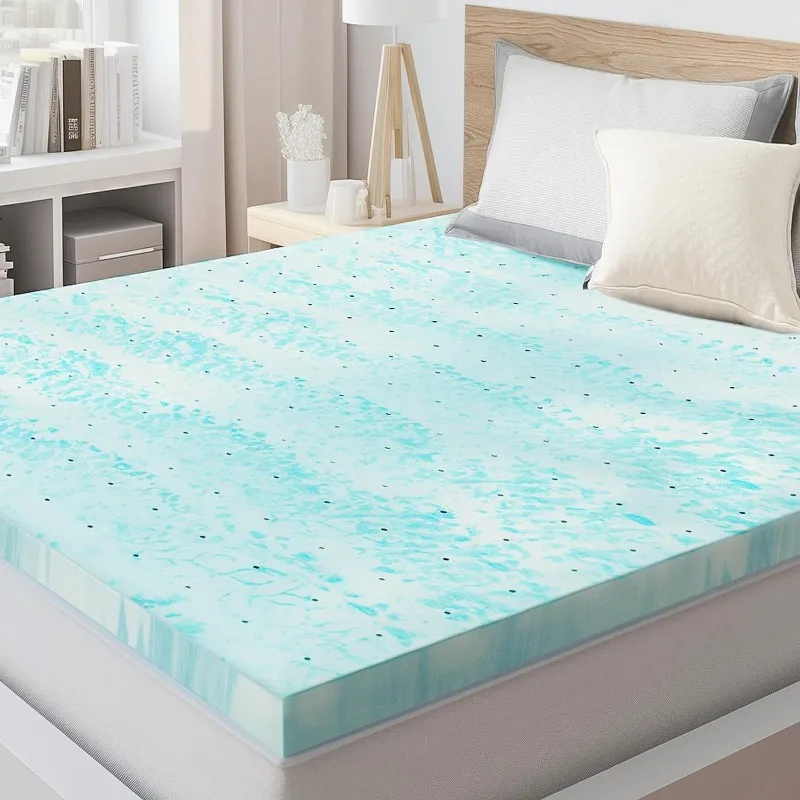
Choosing the Right Mattress Thickness for Different Bed Frames
The type of bed frame you use can influence your choice of mattress thickness. Certain bed frames are better suited for specific thickness levels, impacting both aesthetics and functionality.
Platform Beds
Platform beds typically have a low-profile design, making them suitable for medium to thick mattresses (8-16 inches). The solid or slatted base of platform beds offers adequate support for thicker mattresses without the need for a box spring. A medium-thick mattress can enhance the streamlined look of a platform bed while providing sufficient comfort.
Box Springs
Traditional box spring beds are compatible with a wide range of mattress thicknesses. Box springs add height and support, making them ideal for both thin (6-10 inches) and thick mattresses (12-16 inches). Using a box spring with a thinner mattress can elevate the bed height to a comfortable level and improve overall support.
Conclusion: Finding Your Ideal Mattress Thickness
Understanding mattress thickness is key to selecting the perfect mattress for your individual needs and preferences. From the plush luxury of thicker mattresses to the practicality of medium-thick options and the affordability of thinner styles, each thickness level offers unique benefits.
Consider your sleeping position, body weight, bed frame compatibility, and personal comfort preferences when choosing your mattress thickness. Paying attention to the composition of the layers and how they contribute to the mattress’s overall performance can also guide you in making an informed decision.
By weighing these factors and understanding the role of mattress thickness, you can find the ideal mattress that provides optimal comfort, support, and durability, ensuring a restful and rejuvenating night’s sleep.






